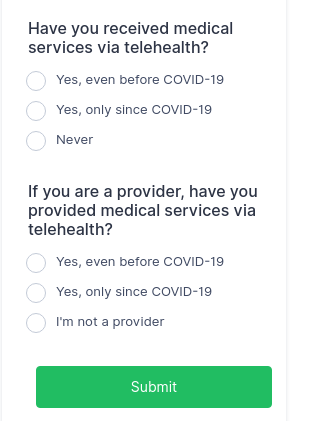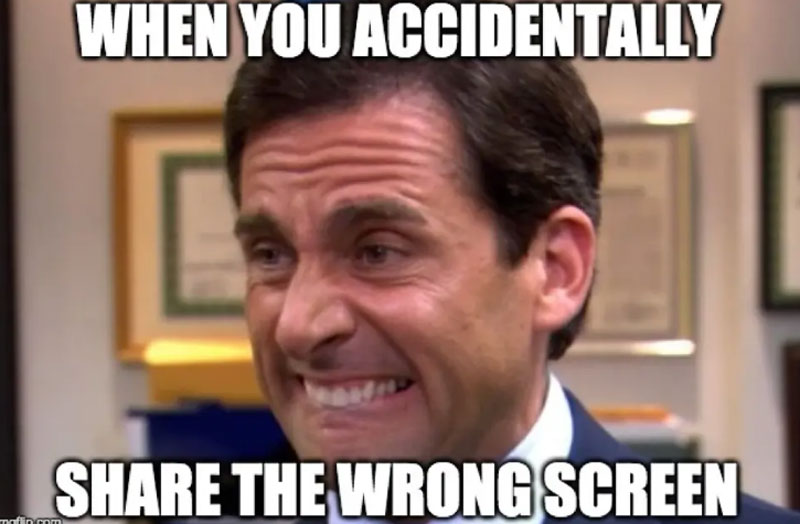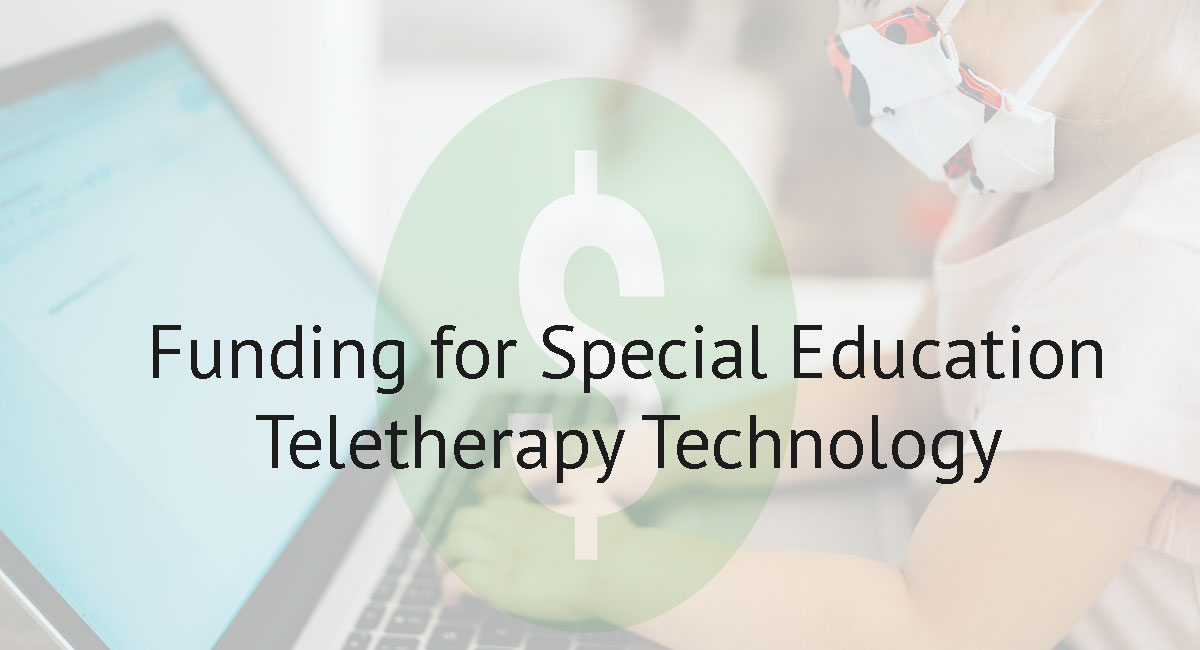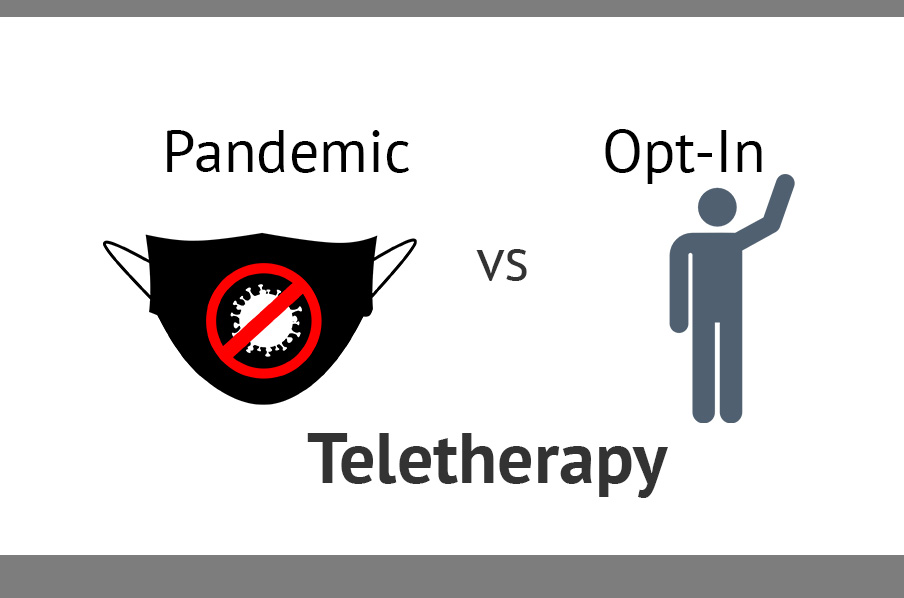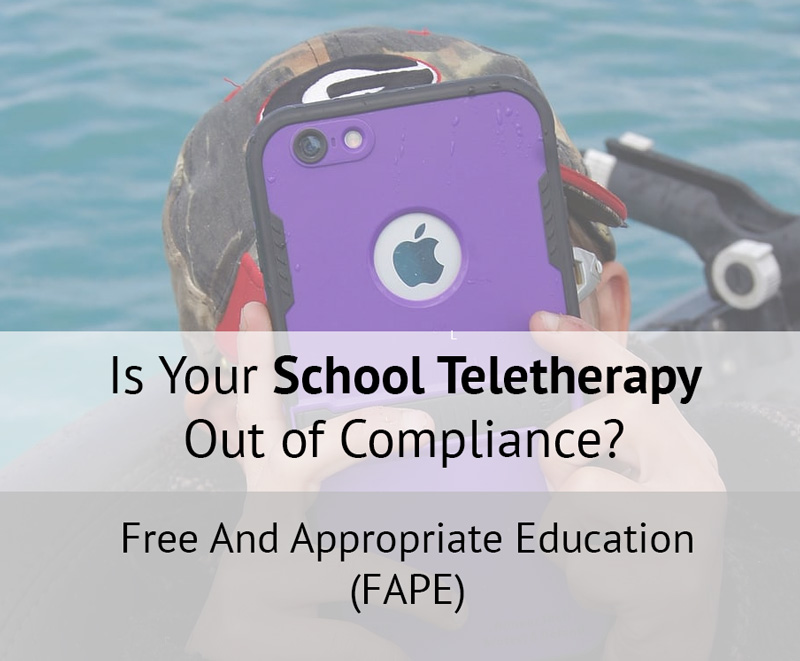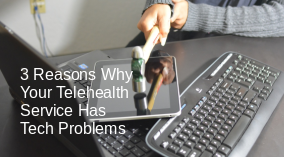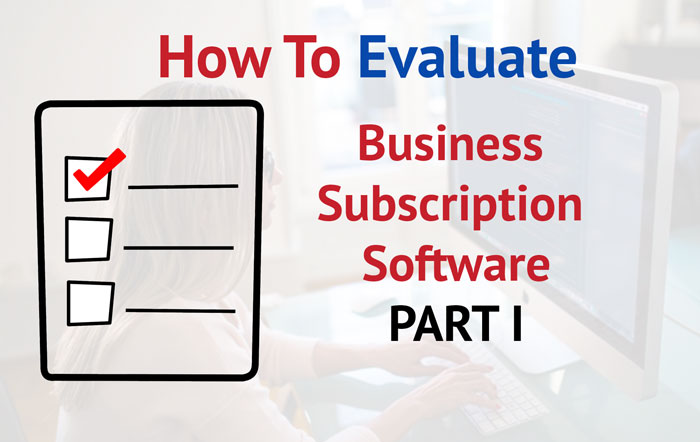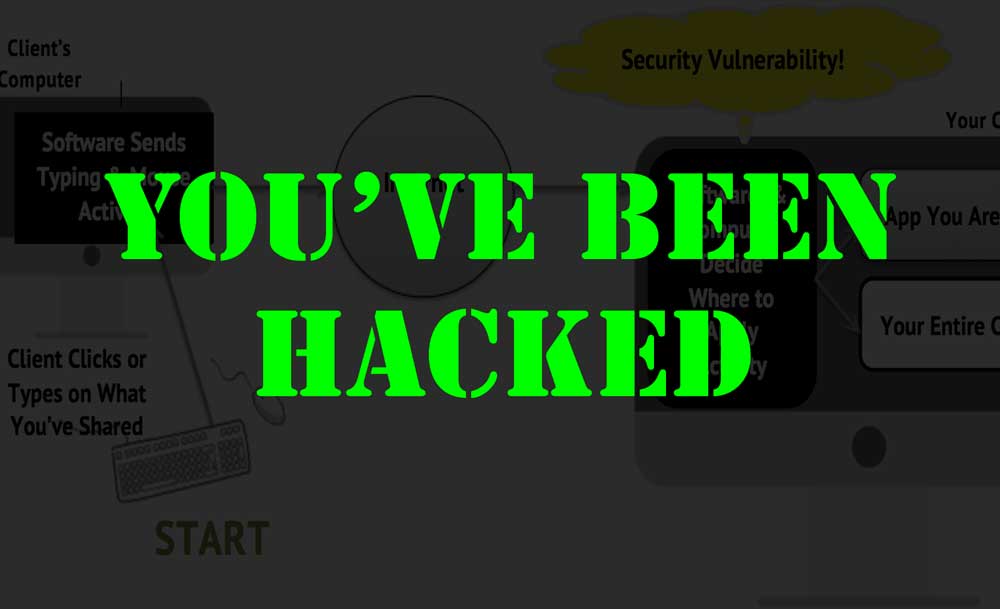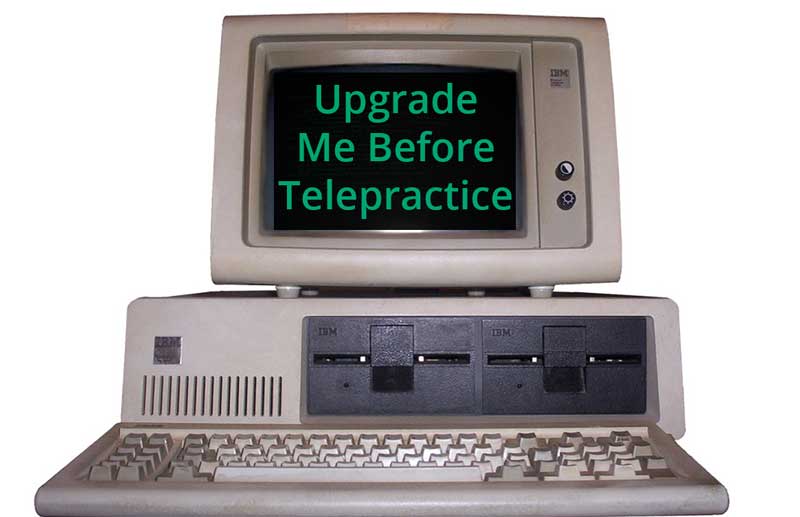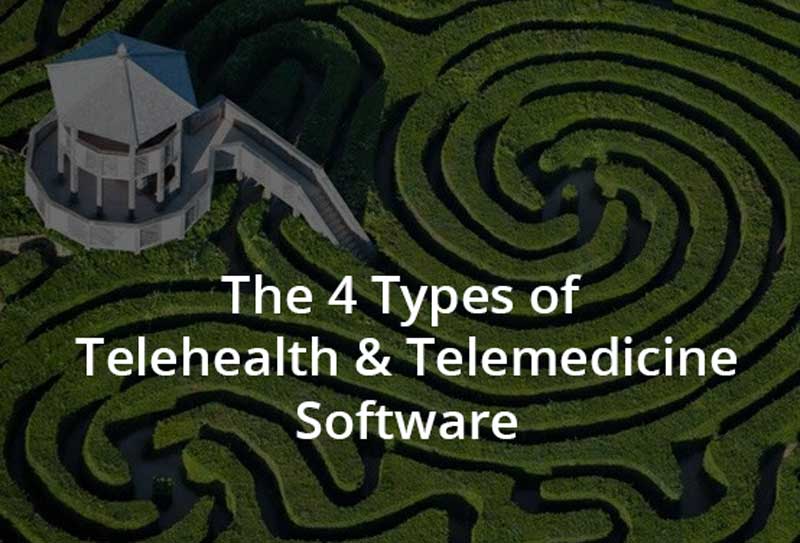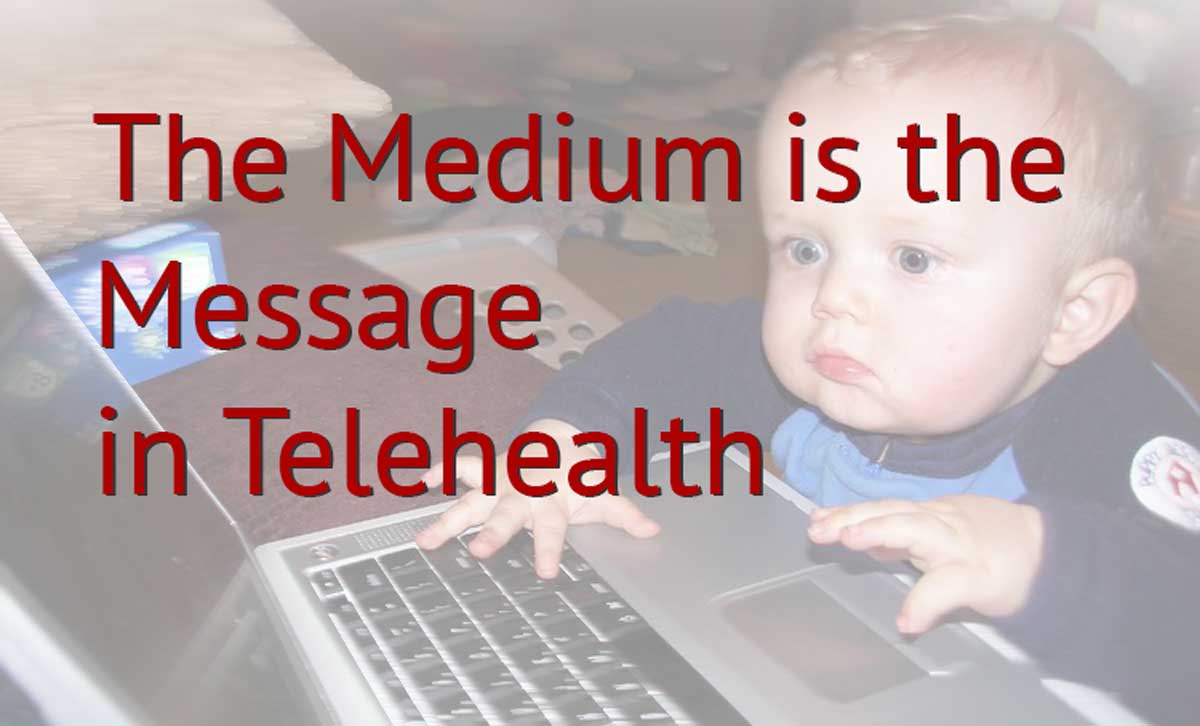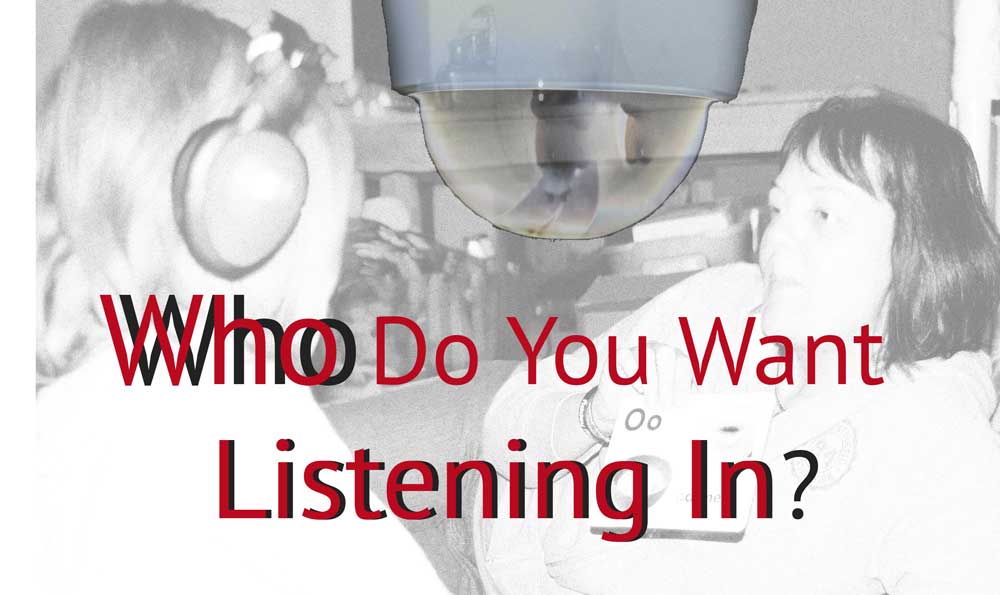After Years of Using Zoom for Teletherapy |

Session recordings enable you to review, remember, and share, but how can you record securely and easily? In a few weeks, we (Blink Session) will be rolling out our new cloud-recording feature. This great new feature will solve three challenges to recording Online therapy or teaching.
Challenge One: Security & HIPAA
Did you know lost or stolen laptops account for more than half of HIPAA data breaches? Even if you are not bound by U.S. HIPAA rules, you are likely under some type of law or standard to protect the personal data of your patients, clients, or students. You would think twice about leaving paper client records in the trunk of your car, but many of us do this every day "virtually" with our laptops. When you store actual video footage of sessions on a device that can be easily stolen, you are taking a huge risk.
Securely storing recordings on your laptop requires encryption. The video files must be encrypted with a strong password in order to prevent a non-authorized person from accessing the recordings. Encrypting videos is not only inconvenient, it is time consuming, and it makes it hard to share recordings with others.
At Blink we are solving this problem by storing your session recordings in our secure cloud. When you push record, video is recorded and stored by our servers and is automatically encrypted and attached to your client's/student's record!
Challenge Two: Access & Sharing
How will you find and share recordings? It is a big chore to share large video with others when you store them on your computer, let alone finding a HIPAA-compliant method. A few weeks ago, I needed to screen-record a 30 minute training, upload, and share it with colleagues. After recording, it took me twenty minutes to convert it to the right format, forty to upload load it, and then I had to email them a link. And that was for a recording that didn't need security!
At Blink we wanted to make sharing videos with your clients and other therapists/teachers seamless. Since recordings are automatically stored on our cloud storage, and your clients have a personal dashboard, sharing is easy. Once you are done with your session, you will receive a notification that your recording is completed. Then, you can mark it as visible to your clients/students and that's it! Your clients are notified you've shared a video and they can login to their dashboard to view it. If other therapist/teachers have access to the same student, they can view the video too.
Challenge Three: Viewing Videos in Other Sessions
Video recordings can be a useful tool. Imagine having the ability to review past sessions with clients or other therapists/teachers. This would be great for training or helping students to see how far they've come. If you happen to have these recordings on your computer you would need to use screen share to view them simultaneously with others, but this isn't ideal. What if you aren't the person that recorded the video nor have it on your computer?
At Blink we not only thought about the best way to record videos, but also how to view them. If you have access to the client/student, you have the ability to play their videos in a session. Join a session and you're two clicks away from viewing any videos you've recorded with your client/student.
Take Caution
Don't be the next person added to the list of people fined for a HIPAA violation. Even if you aren't under HIPAA, think about your client's privacy and the responsibility of possessing video of their session(s). Video possibly containing very sensitive personal information. Whether you utilize Blink Session or not, use tools that help you protect their privacy.
Telehealth Quick Poll
